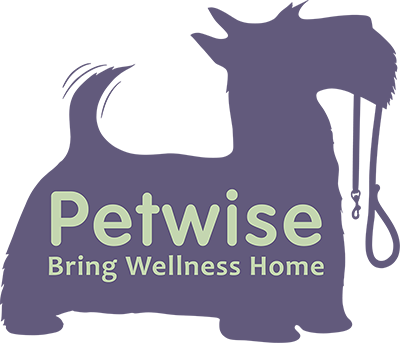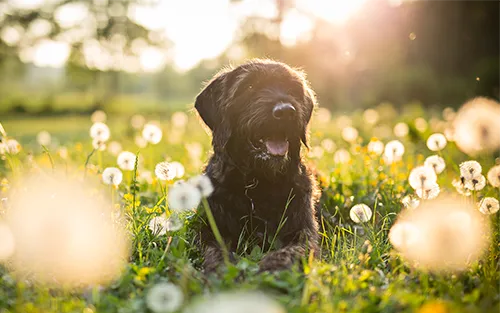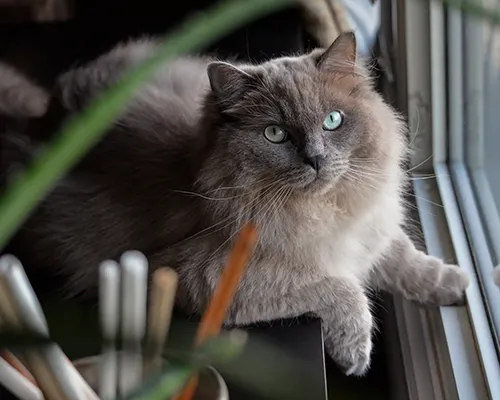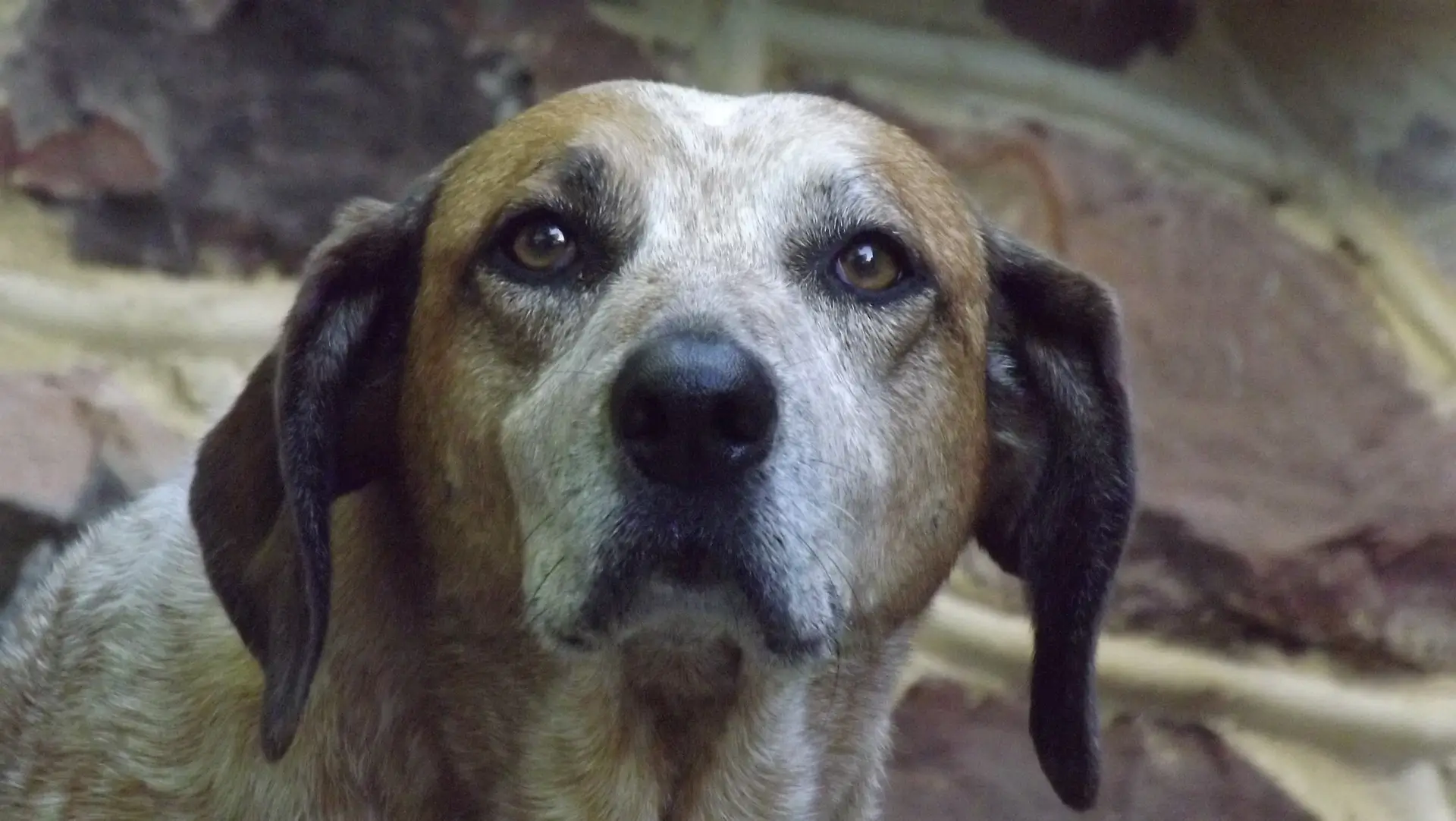Do your pets get excited at dinnertime? We’re guessing the answer is yes. While our patients’ opinions on most things differ widely, the majority of them agree on one thing: they all enjoy eating and snacking. Filling Fluffy and Fido’s bowls is simple, but picking what to put in them can be tough. This article includes pet feeding tips from a local Clarkesville, GA veterinarian.
Making Sense of Pet Food Labels
One of the most beneficial things you can do is develop the habit of reading food labels. This is when things become a little difficult. Many corporations use exaggerated marketing methods to make their products appear better than they actually are.
Stick to products that have received AFFCO accreditation. AFFCO, or the Association of American Feed Control Officials, is a non-profit organization that monitors pet food ingredients, production procedures, and quality standards. They work to guarantee that pet food fulfills the quality requirements required to keep your pet healthy, as well as that the nutrients are in the proper amounts. A seal of approval from them indicates that the brand has been thoroughly assessed.
AAFCO-approved foods must display a few crucial pieces of information on their labels.
- Brand and product names.
- Name of the animal for whom the meal is designed (dog, cat, etc.).
- Quality Statement
- Ingredient list,
- Feeding instructions
- Analysis. This is a significant one because it displays the percentages of the nutrients. While some elements can be given with a maximum percentage and others with minimums, the list must be supplied in a specific sequence and in measured units.
- A declaration of nutrient availability that “indicates that the food is complete and balanced for a particular life stage, such as growth, reproduction, adult maintenance or a combination of these, or intended for intermittent or supplemental feeding only.”
- Manufacturer or distributor’s name and address
You’ll also want to look for that seal of approval, of course!
Reading Ingredients
The ingredient list might be difficult to navigate, due in large part to labeling regulations. For example, if an ingredient appears in a product’s name, it must account for at least 95% of the total amount. However, there are strategies that businesses employ to get around this. Something labeled ‘flavor’ just needs to include about 3% of that element.
As with human foods, pet food ingredients must be mentioned proportionally, with the first item listed taking up the greatest percentage, and so on. Look for items with meat, fish, or poultry listed first and most frequently.
Which Pet Food Ingredients Should You Avoid?
One of the most important variables to consider is what exactly is in your pet’s food. Many human and pet meals nowadays are highly processed and may contain things like fillers, preservatives, and other undesirable components. These may be more than just substandard; some may be dangerously unhealthy.
Here are some things you should avoid in your pet’s food:
Artificial Food Coloring: Dyes will not benefit your pet’s health. They are commonly employed to make the completed product more appealing and consistent to humans. Pets, of course, don’t mind what their food looks like. Red 40, Yellow 5, and Yellow 6 all contain benzidine, a known carcinogen.
Rendered Fat: Rendered fat may sound reasonable. However, it is commonly created by mixing and boiling the remaining sections of animals that have been processed for meat. Unfortunately, some of the animals may have been ill or contaminated.
Propylene Glycol: Propylene glycol, which is widely used in dog and cat treats, aids with food stability. It can have negative consequences if used in large quantities. It has also been declared illegal in Europe, which is cause for concern in and of itself.
Thickening Agents: While thickening agents are unlikely to be among the most dangerous substances, they are not without risks. Carrageenan, guar, xanthan, and cassia gum are among the most commonly used. They also provide properties like stability and texturing. However, certain research indicates that they could be carcinogenic.
Corn Syrup/High Fructose Corn Syrup: Corn syrup is now in almost everything. It has been linked to a number of human health issues, including cardiovascular disease, diabetes, and fatty liver disease. If it’s terrible for us, it’s probably not good for Fido or Fluffy.
Artificial Preservatives: Some of the most widely utilized ones include butylated hydroxyanisole (BHA), butylated hydroxytoluene (BHT), and ethoxyquin. These can be found in a wide range of wet and dry foods, including treats.
For further information, please contact your veterinarian.
How Do I Choose the Right Food?
The first thing we would recommend is that you contact your veterinarian. While we can go over some essentials here, it is important to realize that each pet is unique. Several factors go into making this decision, including your pet’s age, health, breed, and lifestyle, as well as any medical issues they may have. An underweight Pomeranian will have quite different dietary requirements than a plump Lab, and a young St. Bernard will need different food than an aged Chihuahua.
The AFFCO classifies pet food components and nutrients into six categories.
Water: Naturally, your pet should have constant access to fresh water. Water is also an ingredient in pet chow. The moisture content of your pet’s food may affect how well they absorb nutrients. Kitties are a great example of this. Cats’ natural diet includes mice and birds. Fluffy also swallows her prey raw, when the moisture content is highest. Therefore her ideal diet includes plenty of water.
Carbohydrates (including fiber): Carbohydrates provide dogs with energy in the form of glucose, which is vital for keeping those tails wagging. Cats, on the other hand, need no carbohydrates in their diet. Fluffy will get trace amounts of carbs and fiber from her prey in the wild. Regardless, carbohydrates should not be the predominant component of a dog or cat’s diet.
Vitamins: Vitamins assist many of your pet’s organs and systems in functioning effectively. Different vitamins serve distinct tasks. Vitamins A, B, C, D, E, iron, zinc, and calcium are essential nutrients for pets. We won’t go into depth about all of them, save to emphasize that vitamins must be added in the right amounts. It is not safe to take too much or too little.
Minerals: Minerals are also beneficial to your pet’s health because they are crucial to maintaining the normal functioning of its internal systems. Dogs and cats need iron, zinc, copper, and magnesium.
Fat: Fat gives Fido energy, protects his coat and skin, and reduces inflammation. It also provides insulation and a bit of cushion. Some fat sources in pet meals include linoleic acid, flaxseed, and fish oils. Fatty acids, such as omega-3 and omega-6, are necessary for pets.
Protein: Protein is necessary for pets’ cartilage, tendons, ligaments, skin, fur, claws, muscle, and even blood cells. As it degrades, it creates essential amino acids, which are required for your pet’s health and survival. Chicken, lamb, fish meal, cattle, and eggs are examples of animal proteins that are often utilized in pet food. Some plant-based proteins include soybean meal, corn gluten meal, and beans.
Please consult your veterinarian for instructions on feeding Fido and Fluffy. This includes advice on issues such as food portion recommendations and feeding timings.
Book An Appointment At Our Clarkesville, GA Pet Clinic.
Do you have any queries or concerns about your pet’s diet? Are you wondering what to feed your pet? Please contact us at your local Clarkesville, GA animal hospital, at any time.







!Social Media Icons